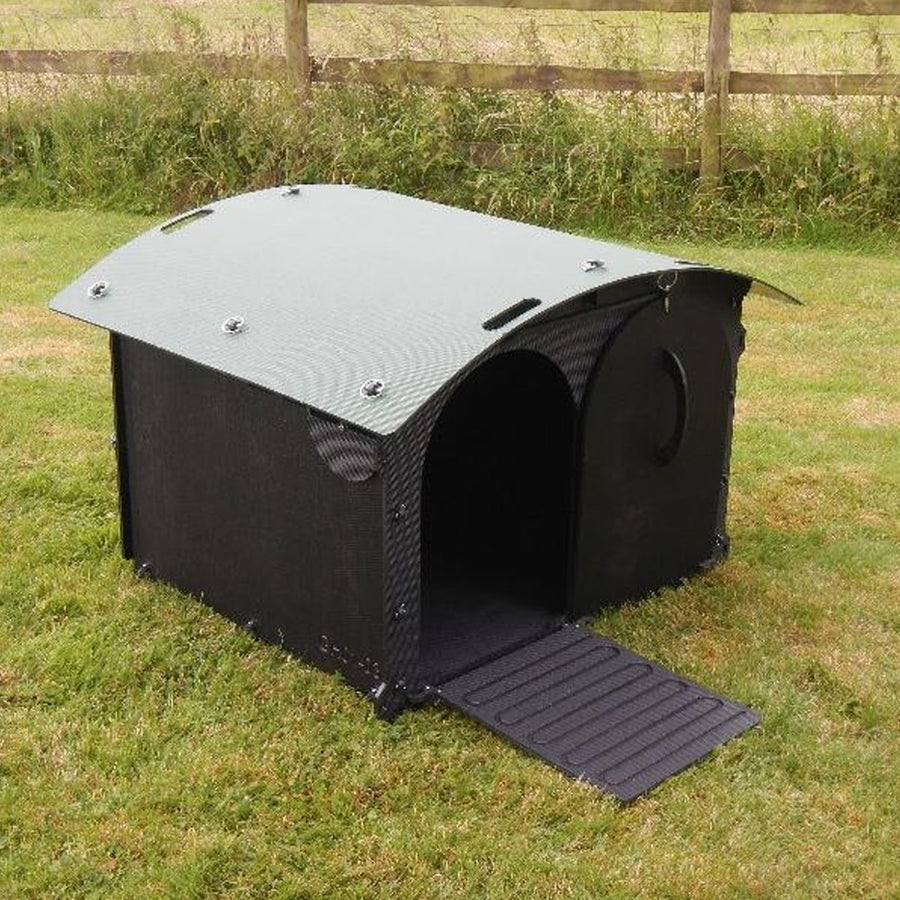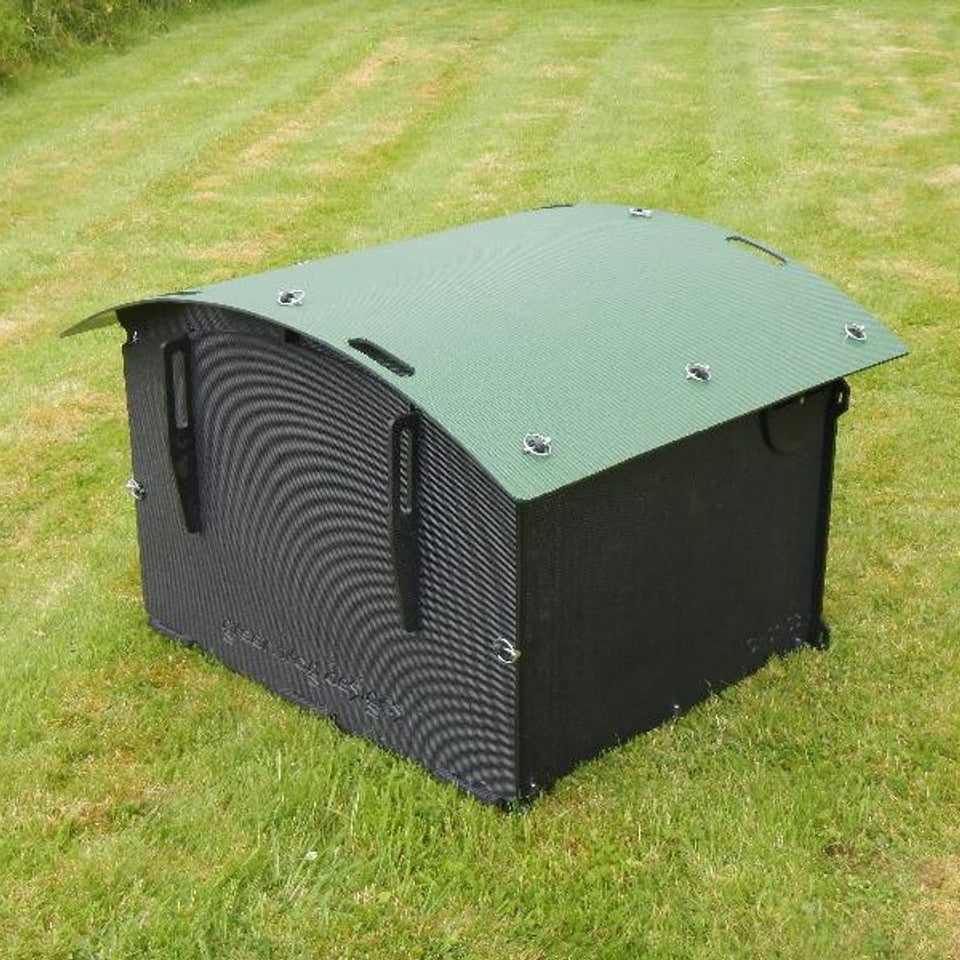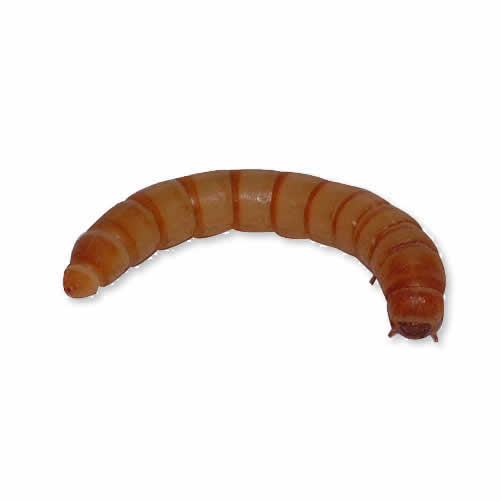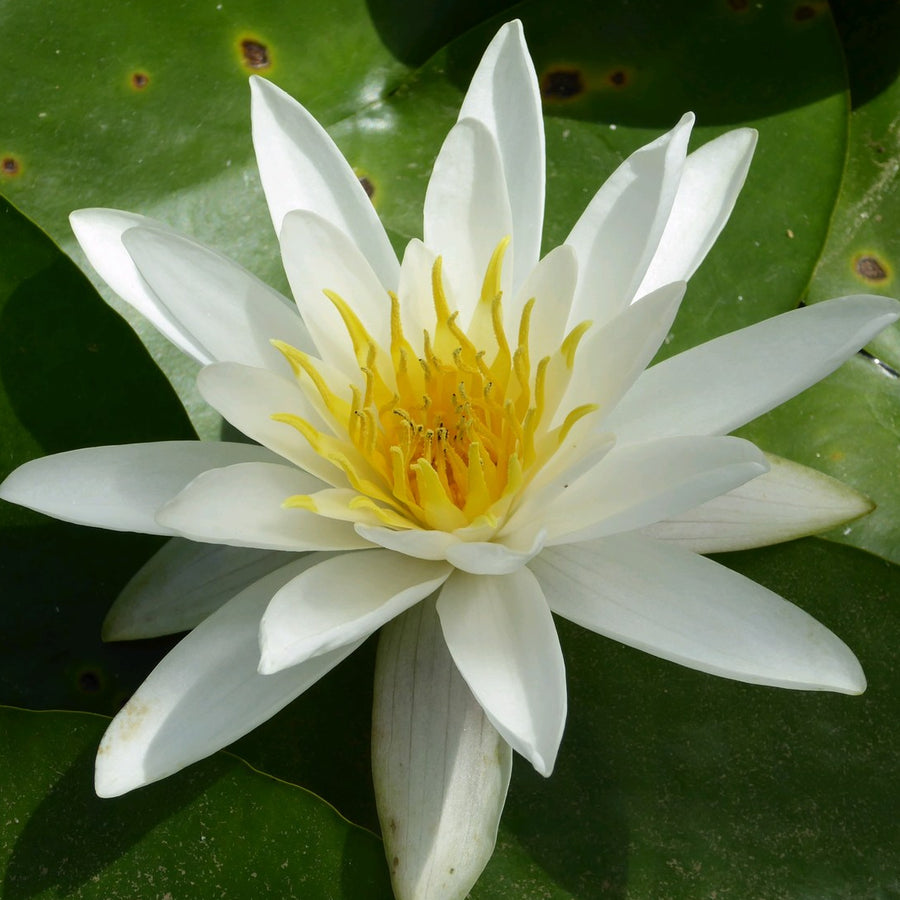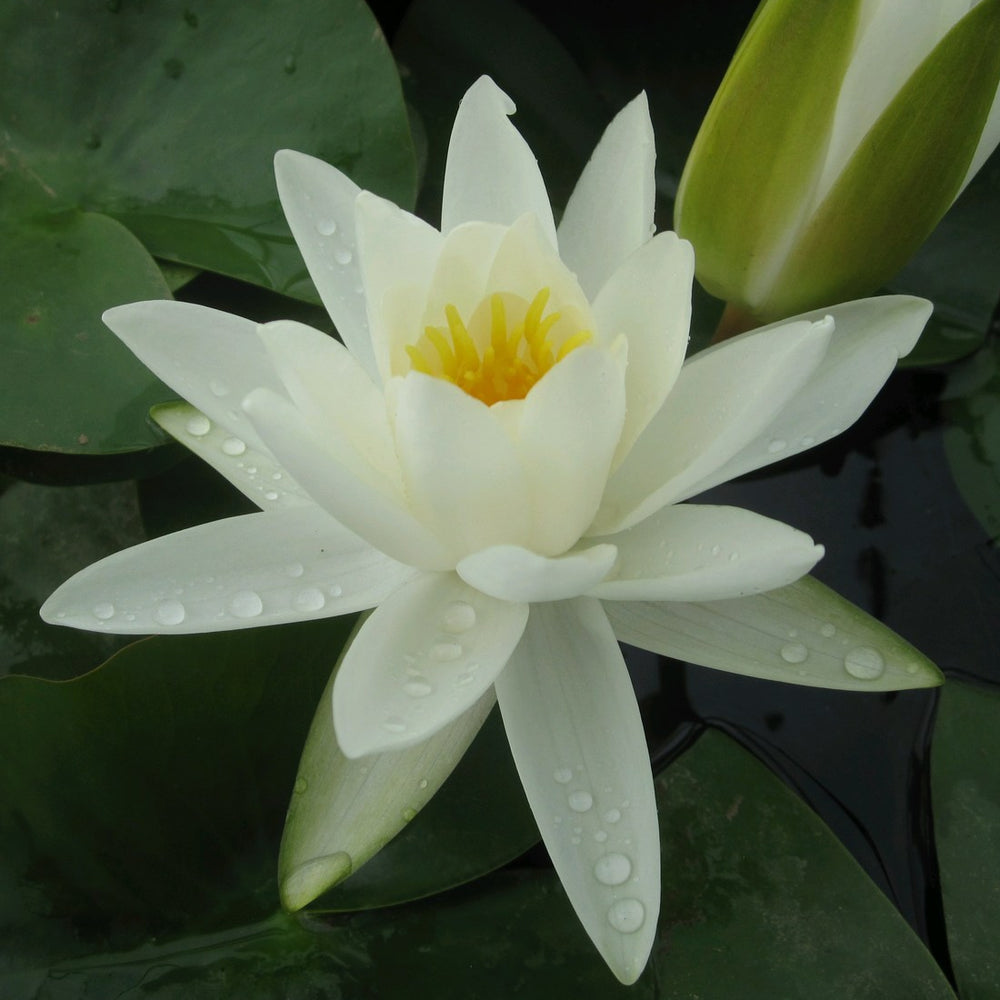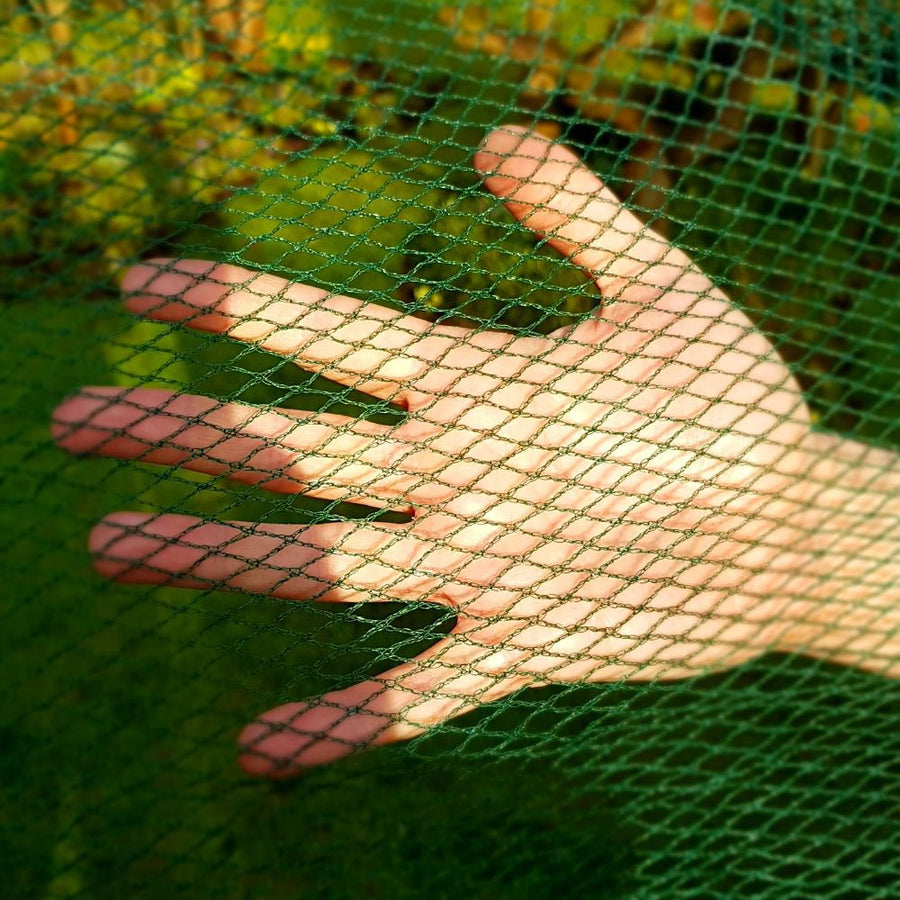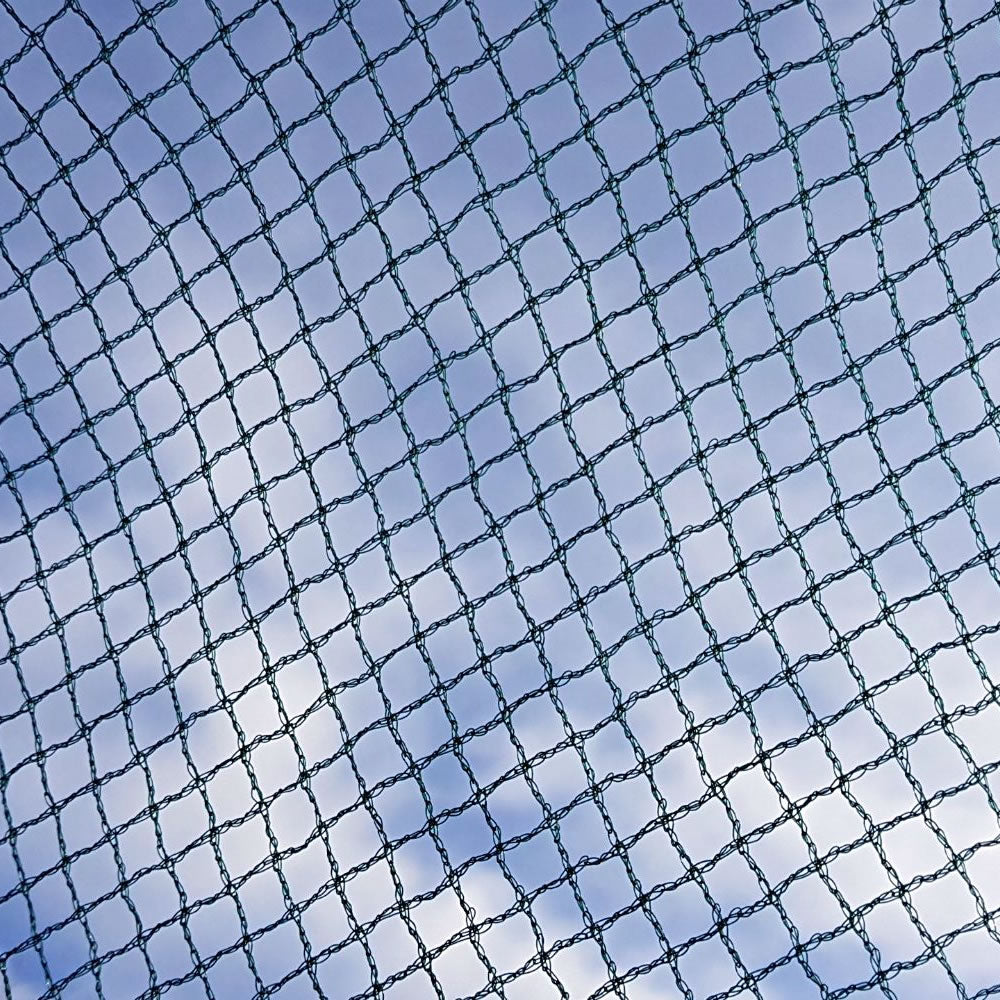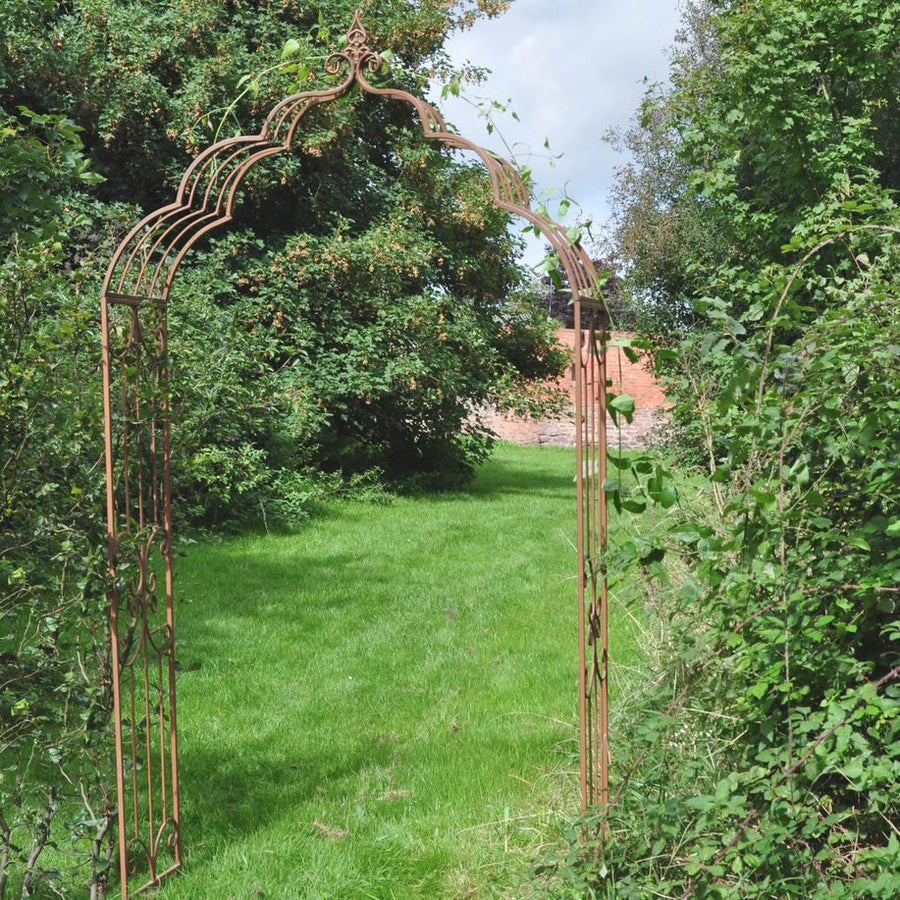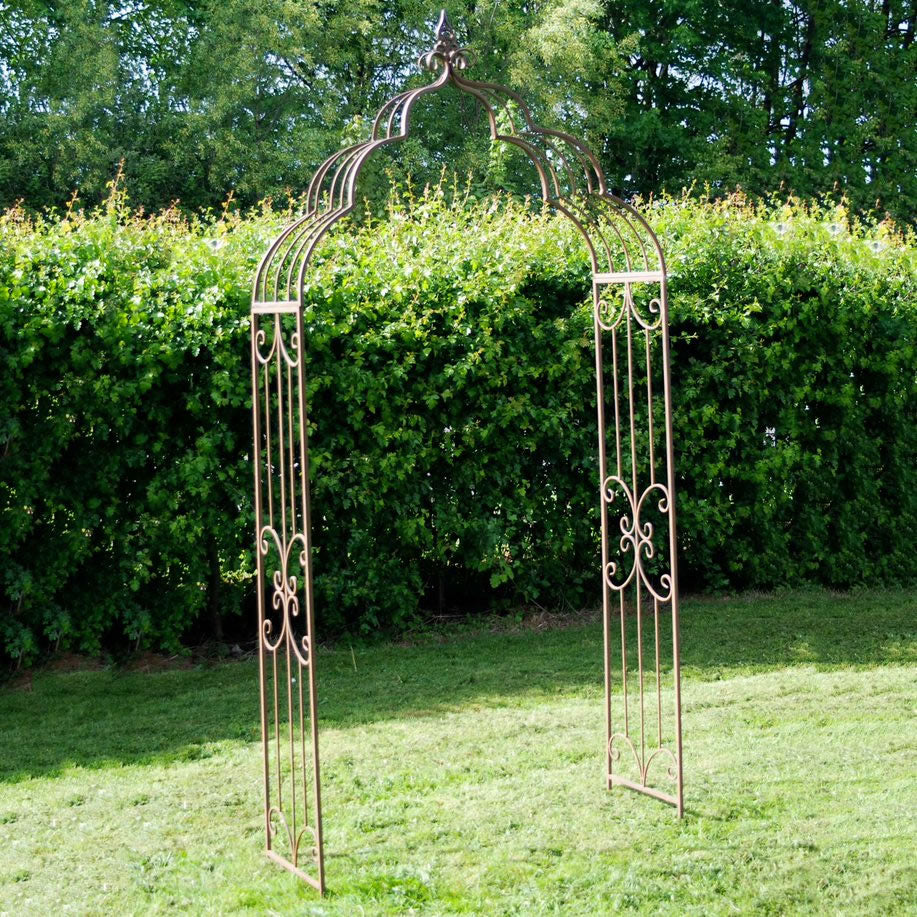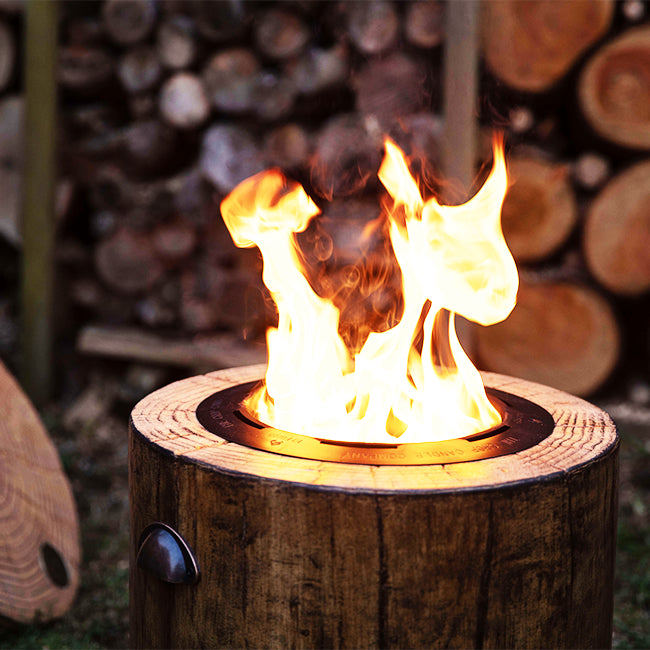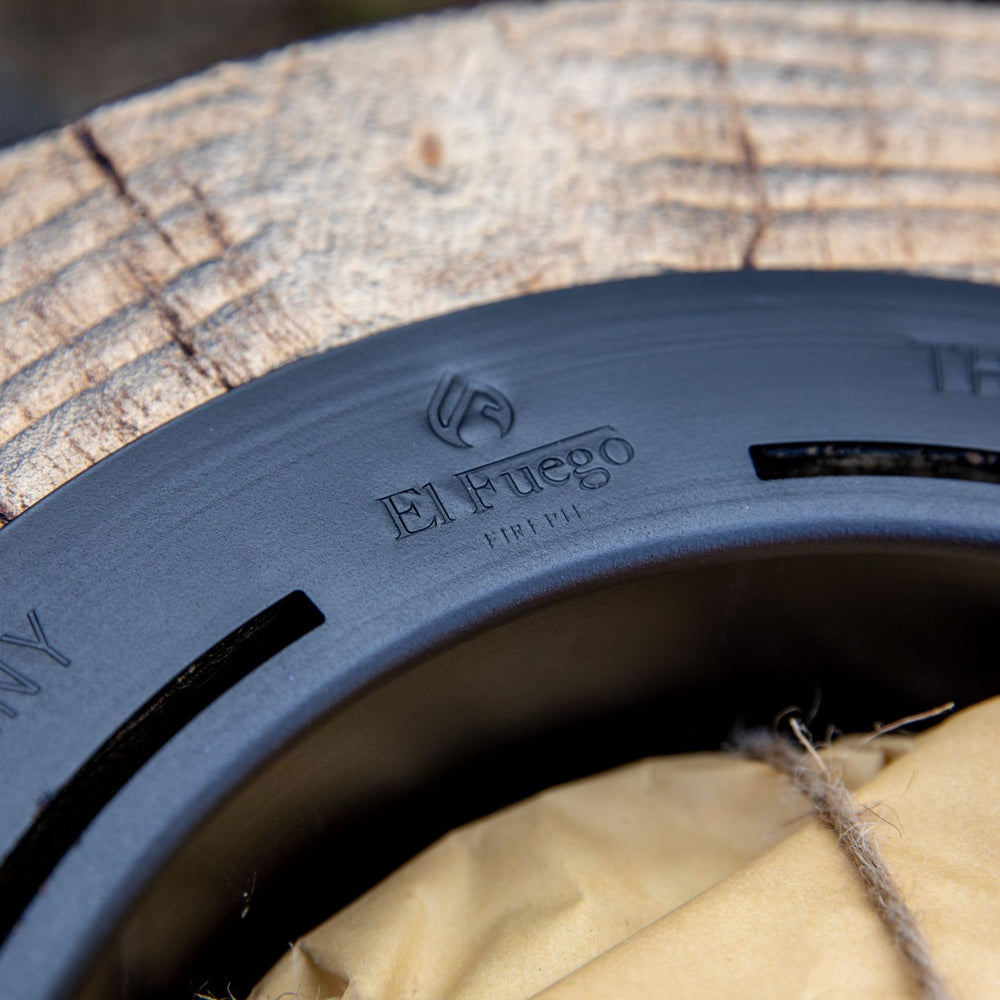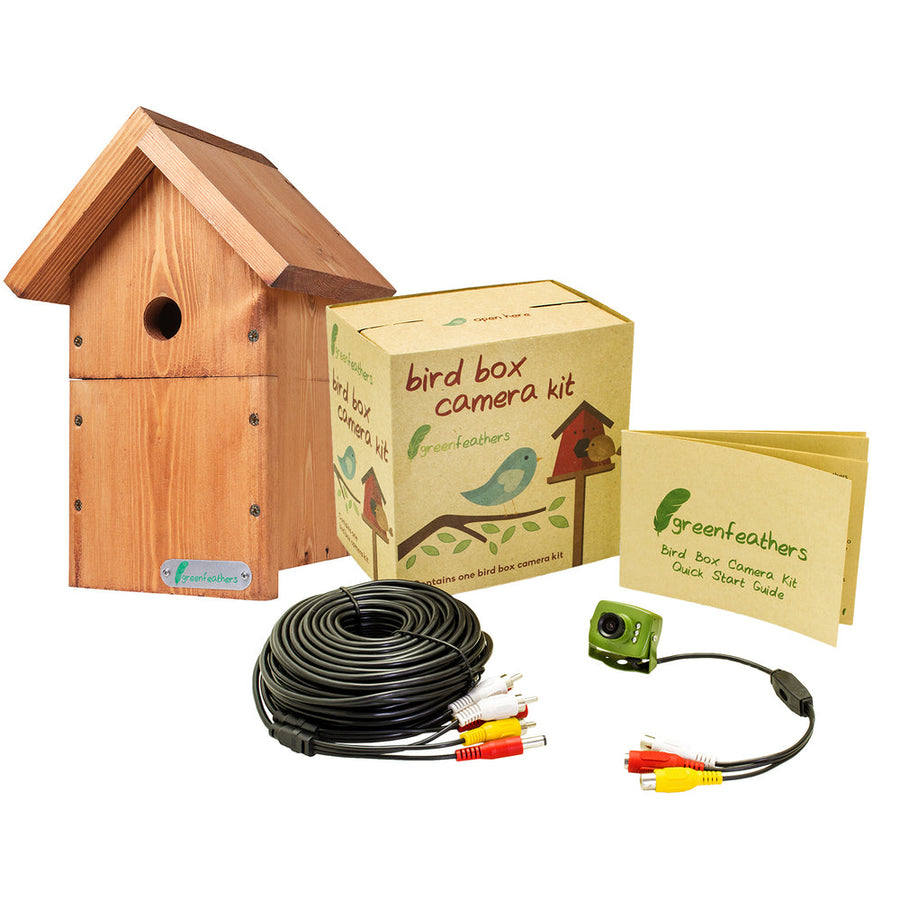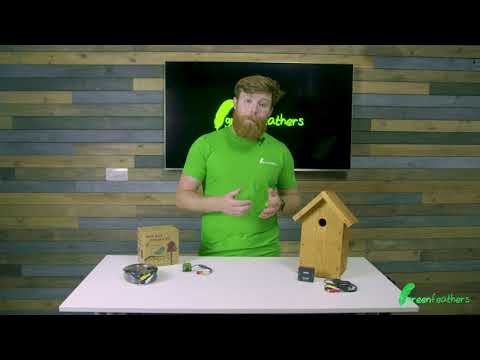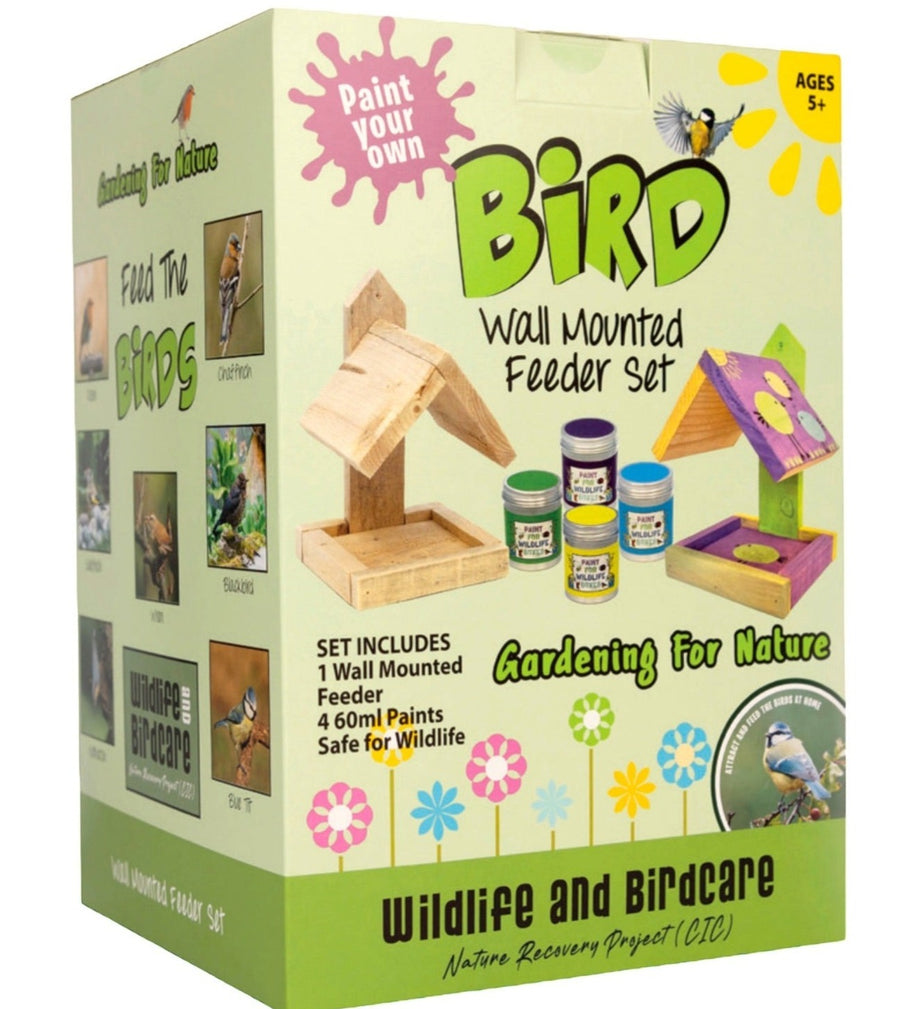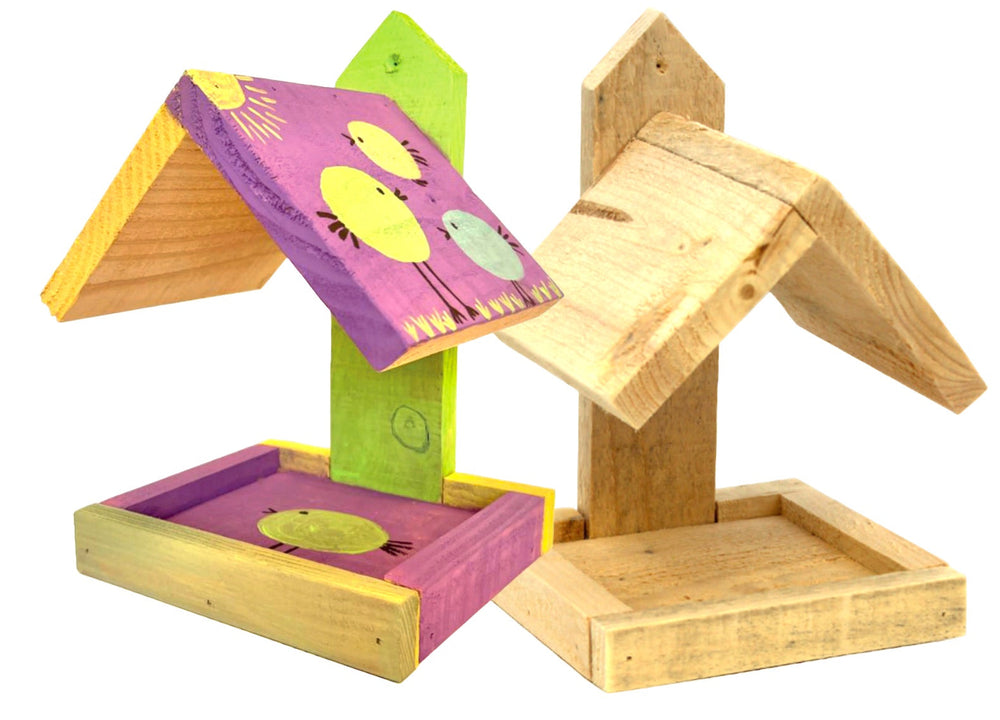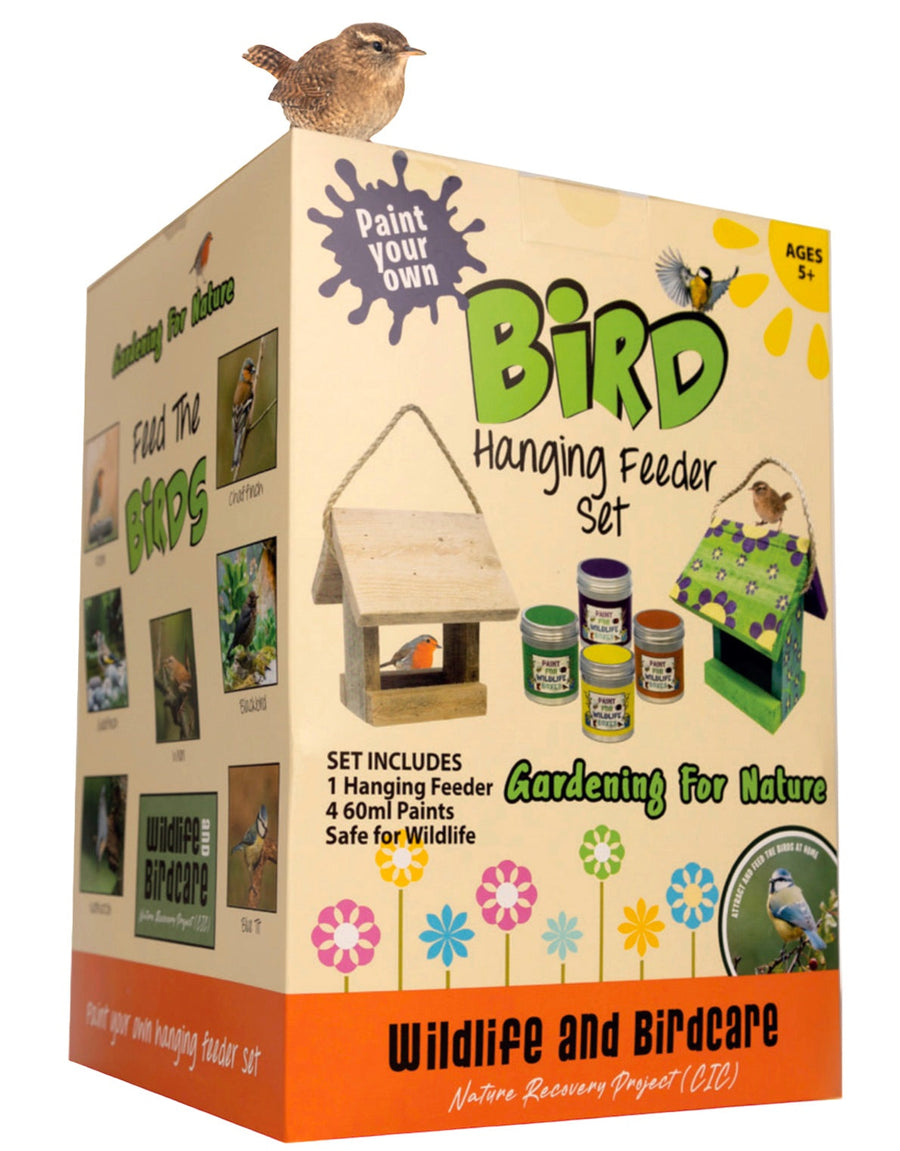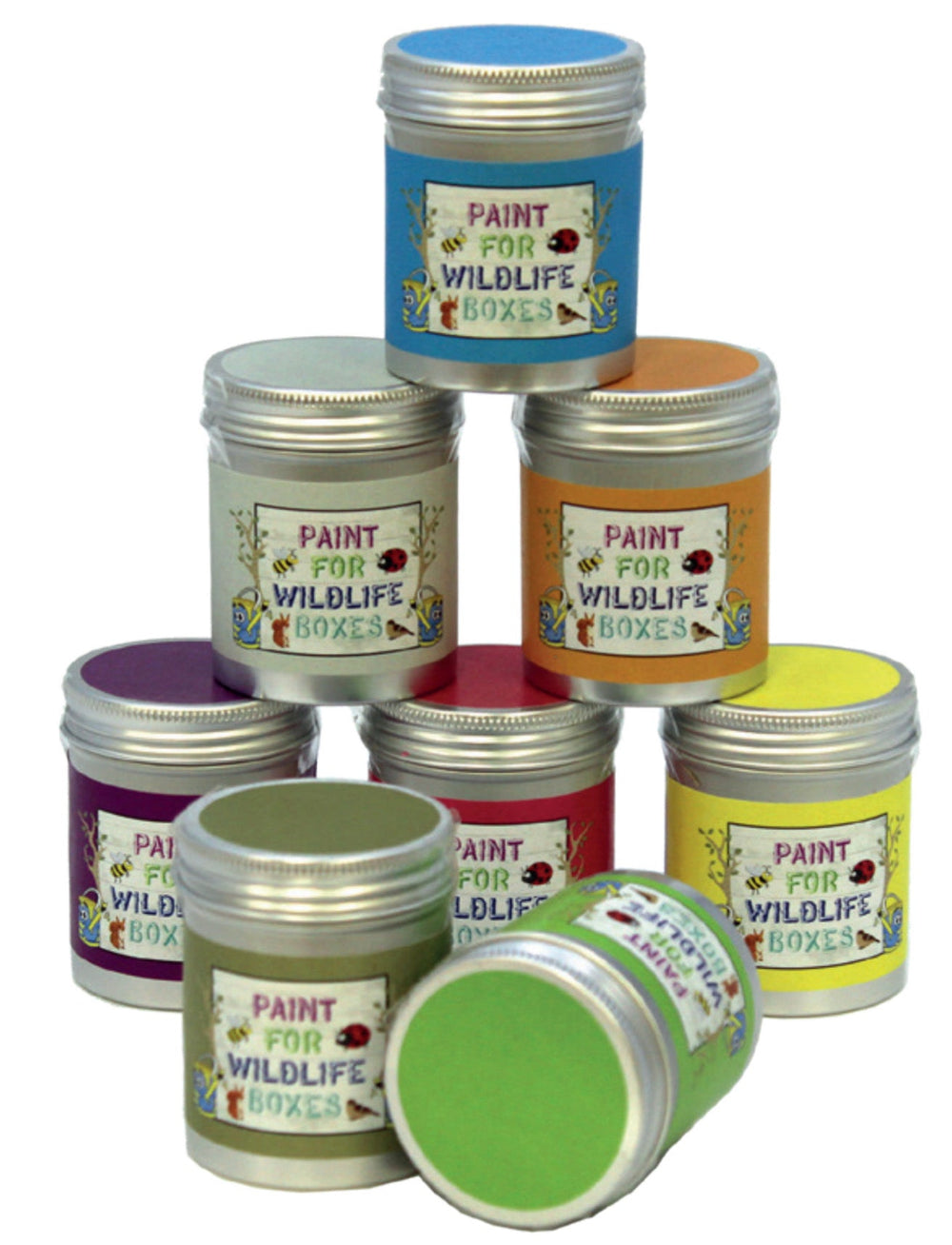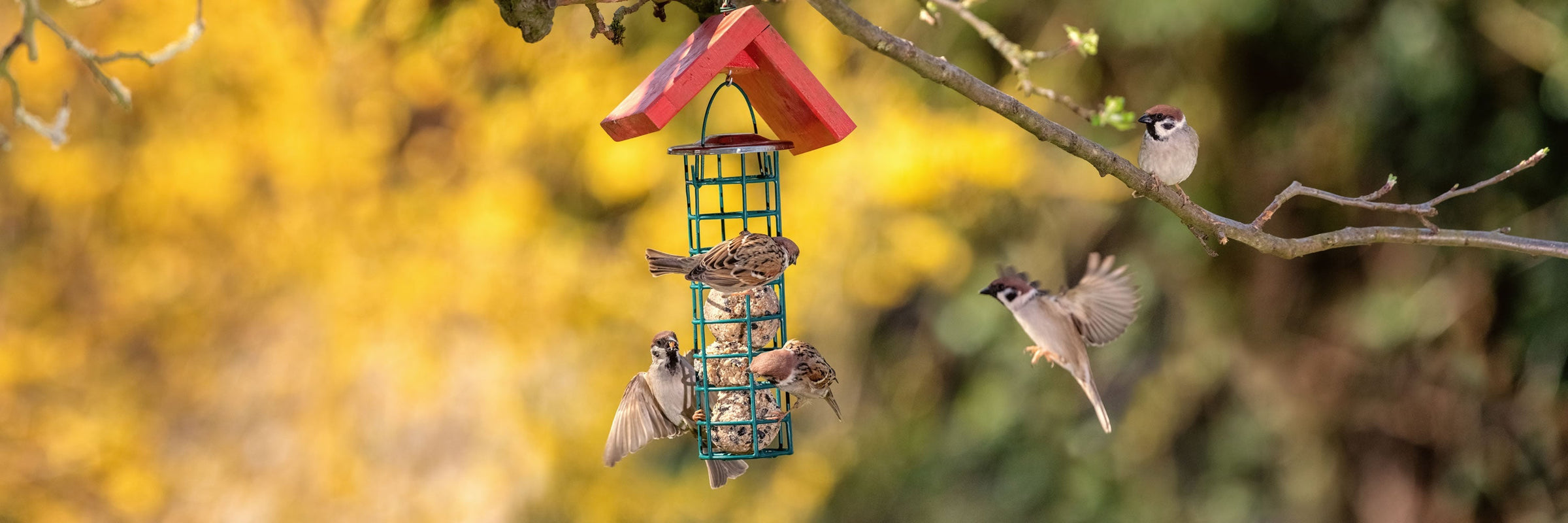
Bird Feeders
Bird feeders bring life to your garden, offering a fun and fascinating way for the whole family to enjoy watching wild birds up close. Providing a steady source of food helps support their natural diet and boosts their chances of survival. Pair your feeders with bird boxes for shelter, bird tables for extra perch space, or explore our Wooden Bird Feeders for a charming rustic touch.
How to Choose the Right Bird Feeder for Your Garden
Attract more garden birds and keep them coming back with the right setup. Here's what to consider when picking from our wide selection of high quality bird feeders:
- Bird Species: Choose feeder features that suit your local wildlife:
Tube feeders are perfect for finches and nuthatches, with plenty of perches and protection from the rain.
Hopper feeders suit jays and sparrows, holding lots of seed while keeping it covered from the weather.
Platform feeders attract doves, thanks to their open design that lets several birds feed together.
Suet feeders are loved by woodpeckers and wrens, offering a high-energy boost for insect-eating species.
Nectar feeders bring in blue tits and great tits, mimicking the sweet nectar of flowers.
- Seed Type: Match your feeder to the treats you plan to offer.
- Feeder Capacity: For less maintenance, go for a bigger feeder.
- Squirrel Resistance: Protect your feed from clever raiders that can empty feeders and damage equipment.
- Cleaning & Hygiene: Easy-clean feeders reduce the risk of mold and disease.
- Weather Protection: Keep seeds dry and fresh, even in the rain with covered designs, weather guards, or smart feeder placement under shelter.
Whether you're after a rustic wooden bird feeder or a sleek metal option, you'll find everything you need to support your local wildlife and keep your feathered friends happy. Explore different feeder types to suit every bird and garden setup, or create a complete feeding station with complementary accessories.
Where to Place your Bird Feeder
- Safe Distance from Predators: Keep feeders at least 5 feet off the ground and 10 feet away from trees or fences to prevent squirrel access.
- Shelter & Visibility: Place near shrubs for protection but with open space for clear bird visibility.
- Multiple Feeders: Using different types of feeders in various locations reduces crowding and attracts diverse bird species.
For a complete setup, consider adding a bird box or bird box camera to observe nesting behaviours.
Bird Feeder Maintenance: Keep Feeders Clean, Safe & Bird-Friendly
Proper bird feeder maintenance is essential for keeping your garden birds healthy and returning for more. Regular cleaning prevents disease and ensures your bird food stays fresh and safe.
Start by emptying old seed - moldy or wet food can harm birds and clog feeders. Scrub all parts with warm, soapy water, then sanitise with a 1:9 bleach solution every few weeks. Rinse thoroughly and let everything dry before refilling. Inspect your feeder often for cracks, rust, or damage, especially around key feeder features like perches or seed ports.
Use seed trays to reduce buildup, and store bird seed in an airtight, dry container. Choosing high-quality bird food helps attract a wider range of species and reduces waste, keeping both your feeder and the birds’ beaks happy.
Frequently Asked Questions
What types of bird feeders are there, and which should I choose?
From tube and hopper feeders to suet log feeders and nectar feeders, each suits different birds and food types. Choose based on the species you’d like to attract, your garden setup, and how often you want to refill.
What types of seeds attract the most birds to my garden?
Black oil sunflower, nyjer, safflower, peanuts, and suet each appeal to different species. Mixing seed types in separate feeders invites a wider variety of garden birds while keeping waste to a minimum.
How often should I clean my bird feeders, and why does it matter?
Clean your feeders, especially metal bird feeders, every two weeks, or weekly in damp weather. Regular cleaning prevents mold, bacteria, and keeps your garden birds healthy and returning.
What’s the most economical approach to bird feeding?
Buy seed in bulk, use affordable mixes, and make homemade suet. Durable feeders and DIY options from household items are popular options for cutting costs while still attracting a variety of birds.


